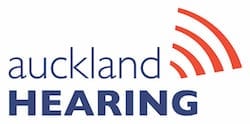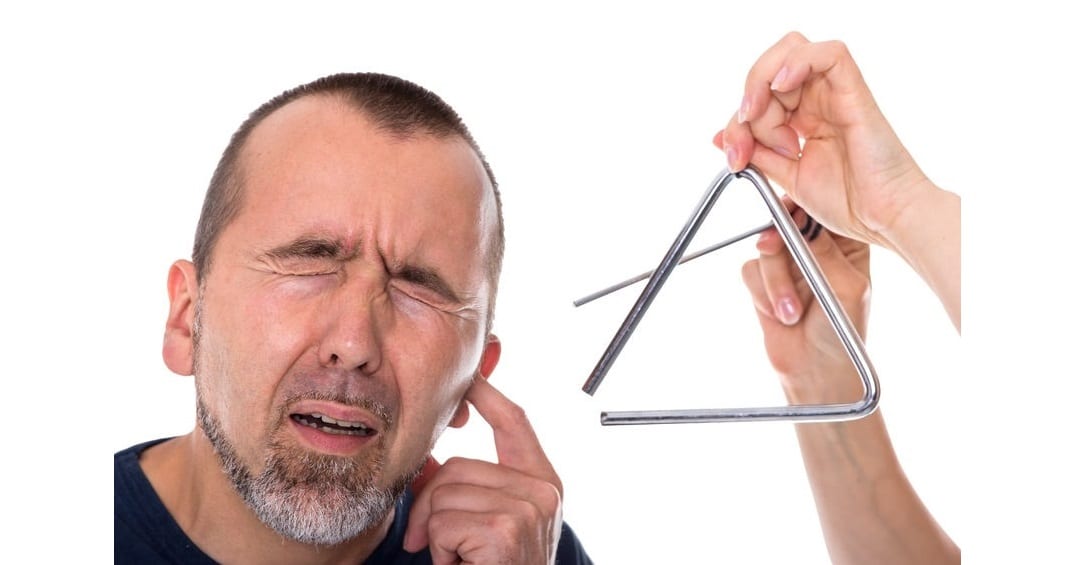Getting the right sound in your hearing aids (using real-ear measures)
When fitting hearing aids, getting the sound right is a priority for your success with hearing aids. Three factors need to be taken into account when prescribing the right hearing aid sound levels for you. This includes real-ear measures in your hearing aids, as well as two other necessary steps:
- Your hearing level (audiogram) – How much sound is needed to compensate for your hearing loss at each frequency.
- How long you have been using hearing aids – When you first get hearing aids, we need to reduce the sound levels. If we give you all the sound you need to compensate for your hearing loss in the beginning, it will be too much sound for you.
- Your ear acoustics (real-ear measurements) – The shape of your ear and your ear canal affect the way sound is directed into your hearing system.
A successful hearing aid fitting requires all three of these components to be met.

Components of your successful hearing aid fitting
1) Compensating for your hearing loss
We work out how much sound you need to hear well with your hearing aids by putting your audiogram (hearing test results) into the hearing aids software. The software calculates the amount of sound you need at each frequency and loudness level. Usually, hearing aids amplify quiet sound more than loud sounds to make soft sound audible and keep loud sounds at a comfortable level. Each hearing aid manufacturer has there own rationale (or amplification philosophy) of how they choose to amplify sound. This is a good starting point for getting the sound right in your hearing aids; but the next two steps are essential for a successful hearing aid fitting.
2) Adaptation time
Adaptation time is a term to describe the time it takes to adjust to hearing sound again. It is normal to hear the way you do; if you have normal hearing, this is normal for you. If you have hearing loss, your current hearing level is normal for you too.
When you have had hearing loss for a long time, it is a surprise to hear sounds that you have not heard for a long time. If you have a hearing loss only in the high pitches, hearing aids will sound sharp, echoy or tinny when you listen through hearing aids for the first time. It will seem like this to you because you have not heard high pitch sound in a while. If you have hearing loss across all of the pitches, sounds will seem loud to you when you first get the hearing aids.
To help you through the process of adapting to hearing sound again; we start by working out how much amplification you need, then taking some of it away. We will also ask you to wear your hearing aids all the time, from the time you wake up in the morning until you go to bed at night.
Your “Hearing Adventure”
At first, you will go through what we call the “Hearing Adventure” where you identify sounds you had forgotten were there. Some sounds may seem quite intense or even annoying at first because they are a new sound, and they will jump into your awareness. After a few days, the new sounds will begin to feel natural, and you will not notice them anymore. After a couple of weeks, we will see you again in the clinic. By then, you will have adapted to this level of sound and will be ready for more. We will increase the sound in your hearing aids, and you will adjust again over the next week or so.
Wearing your hearing aids all the time (even when there is nothing special to listen to) is key to your success with hearing aids. People who only wear them “when they need to hear” are usually the people who do not do well with hearing aids. They complain that their hearing aids make too much noise. It takes time for a new “normal” to develop, normal to hear. People who only wear their hearing aids sometimes do not allow their brain enough time to adjust to hearing sound.
3) Real-ear measures
Real-ear measurements take your individual ear acoustics into account when calculating how much gain (sound) you need in your hearing aids. The shape of our outer ear (pinna) and ear canal affects the acoustic in our ears and the way we hear sounds. As you can imagine, since everyone has a different face structure, every person has a different ear canal acoustics. The initial settings of hearing aids (when entering your hearing test into the calculation software) are based on average ear canal acoustics in the KEMAR manikin (below). It is unlikely that your ear canal acoustics will be the same as KEMARs. This means that hearing aids that are programmed using the only manufacturers expected gain levels will not have the correct gain (sound) levels. This is why we need to do real-ear measurements and then adjust your hearing aids to give the most effective hearing clarity.

KEMAR is a manikin used to standardise measurements for hearing aids. Manufacturers use KEMARs ear acoustics when calculating the amount of amplification for a given hearing loss. KEMARs ear acoustics were worked out by averaging the measurements of 10 people.
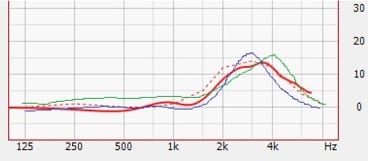
Image shows the ear acoustics of KEMAR (dotted line) and three other individuals. Hearing aids are programmed assuming KEMAR ear acoustics. It is very uncommon for an individual to have precisely the same ear acoustics as KEMAR. We need to do real-ear measures for everyone who gets hearing aids and then adjust the hearing aids, to optimise the sound for them.
How do we perform real-ear measures for hearing aids?
To measure the acoustics of your ear, we place a thin rubber tube called a probe microphone down your ear canal, and it measures of the sound level very close to your eardrum.
We run this measurement with just the probe tube in the ear first and measure your unique ear acoustics. We then remeasure the sound with the hearing aids in the ears (along with the probe tube). Next, we adjust the hearing aids to give the right amount of amplification to compensate accurately for your hearing loss, while taking your individual ear acoustics into account.
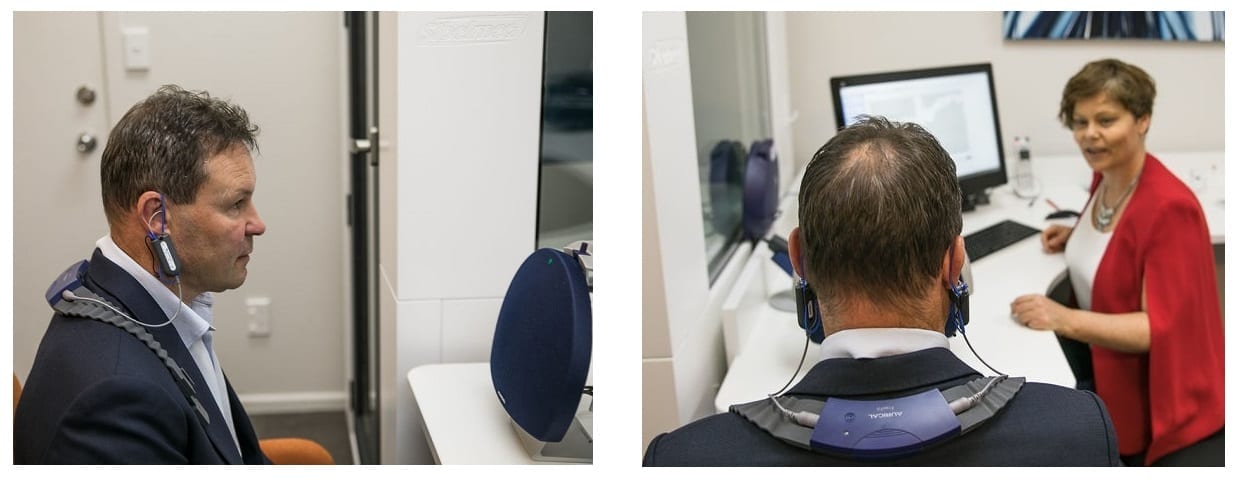

There are many factors to be taken into consideration when you get new hearing aids, either for the first time or to replace your existing hearing aids. Getting the right level of sound is key to your success. Other essential factors include choosing the best hearing aids to meet your hearing needs and getting the fit of the hearing aids right in your ears. These are all areas we will address when you have your hearing aids fitted at Auckland Hearing.
The first step to new hearing aids…
Your hearing test and hearing needs assessment
Are you ready to trial hearing aids? The first step is to assess your hearing to understand your hearing loss and make sure there are no medical factors that need to be attended to first. Then we will ask you about your lifestyle, your hearing needs and your budget so we can choose the best hearing aid option to meet your needs. More about the needs assessment process here.
At the first appointment, we set aside one and a half hours to fully understand your needs and make sure you have the time to decide which hearing aids are right for you. During the appointment, we will program up some hearing aids so you can experience wearing hearing aids. You will be able to see how they feel in your ears, and you will experience some of the sounds you have been missing.
Follow this link to review the process of getting hearing aids.
Brands serviced at Auckland Hearing
 |
 |
|
|---|---|---|
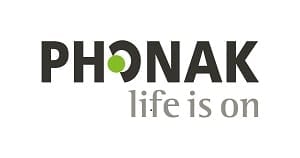 |
 |
 |
 |
 |
 |
